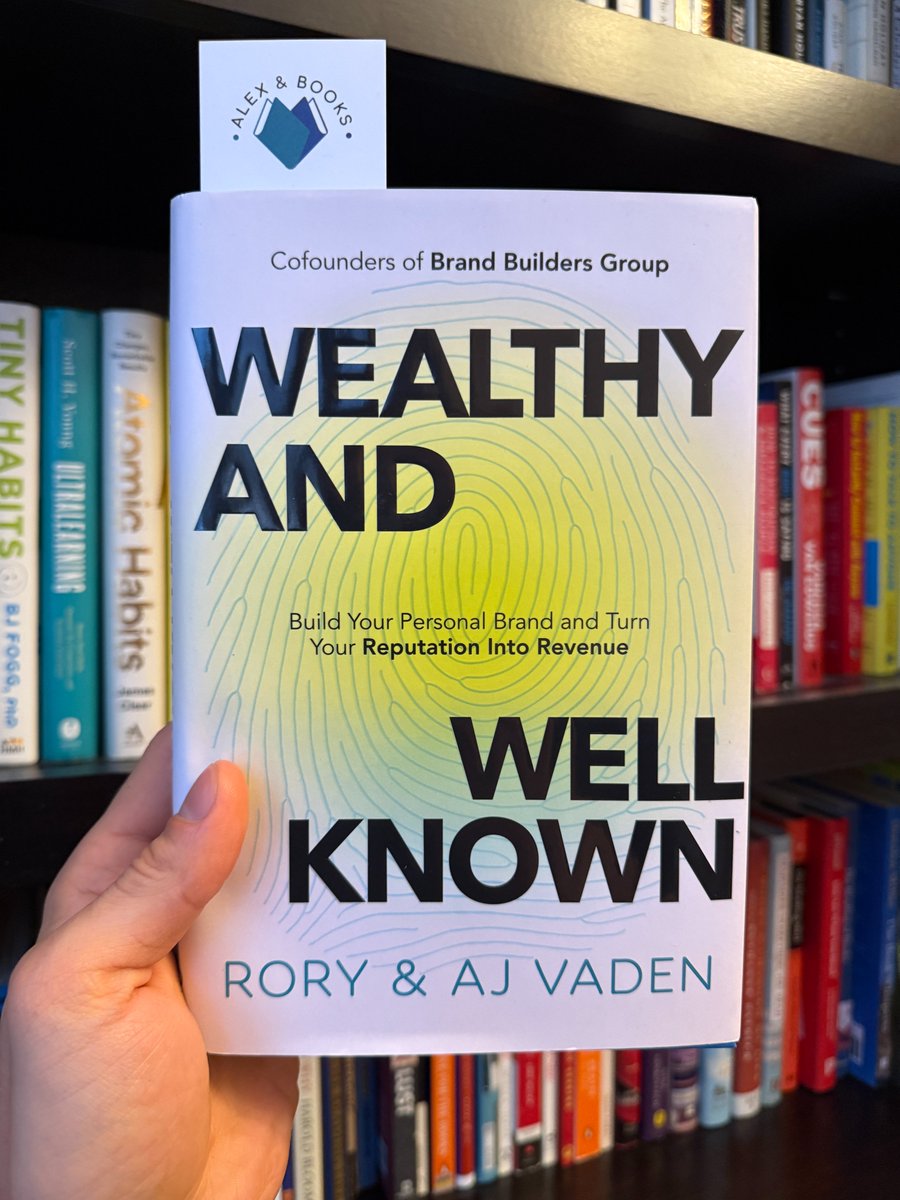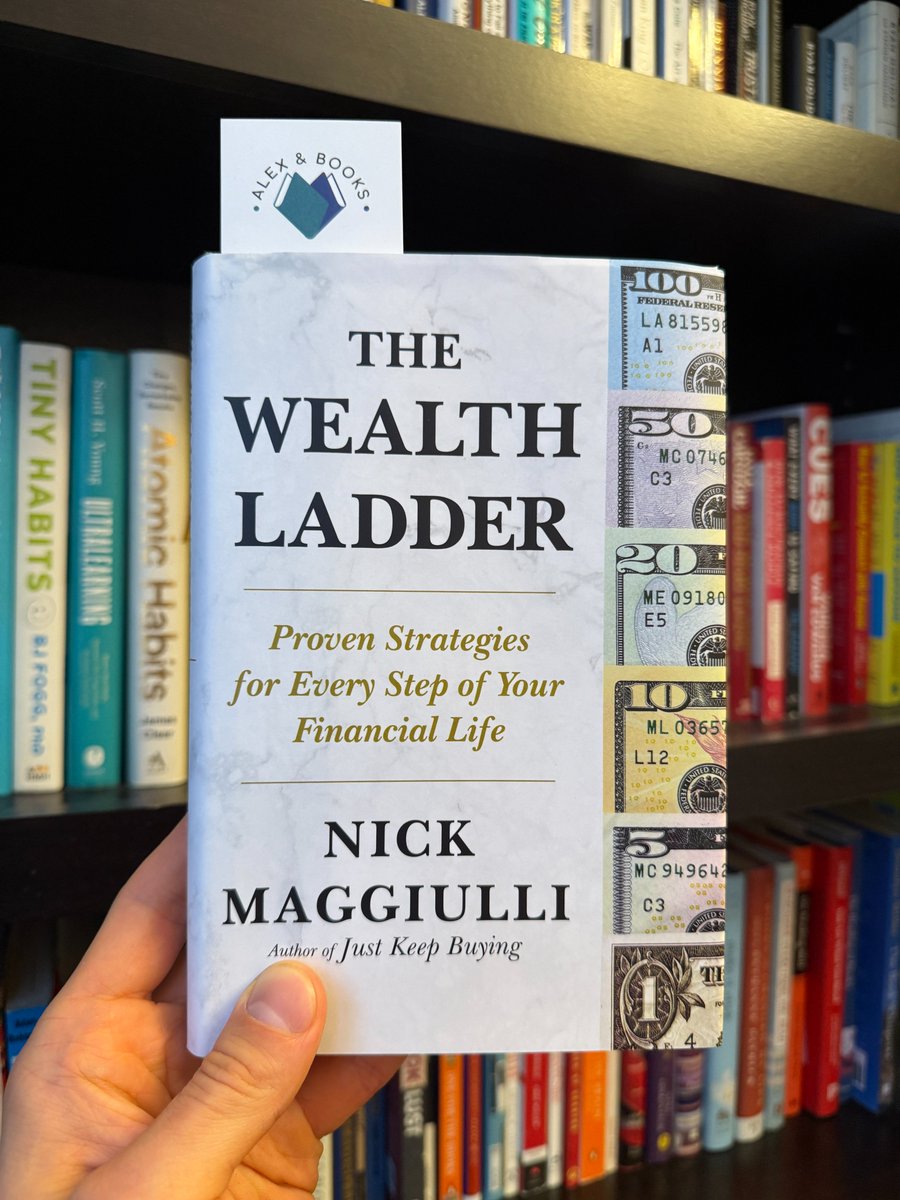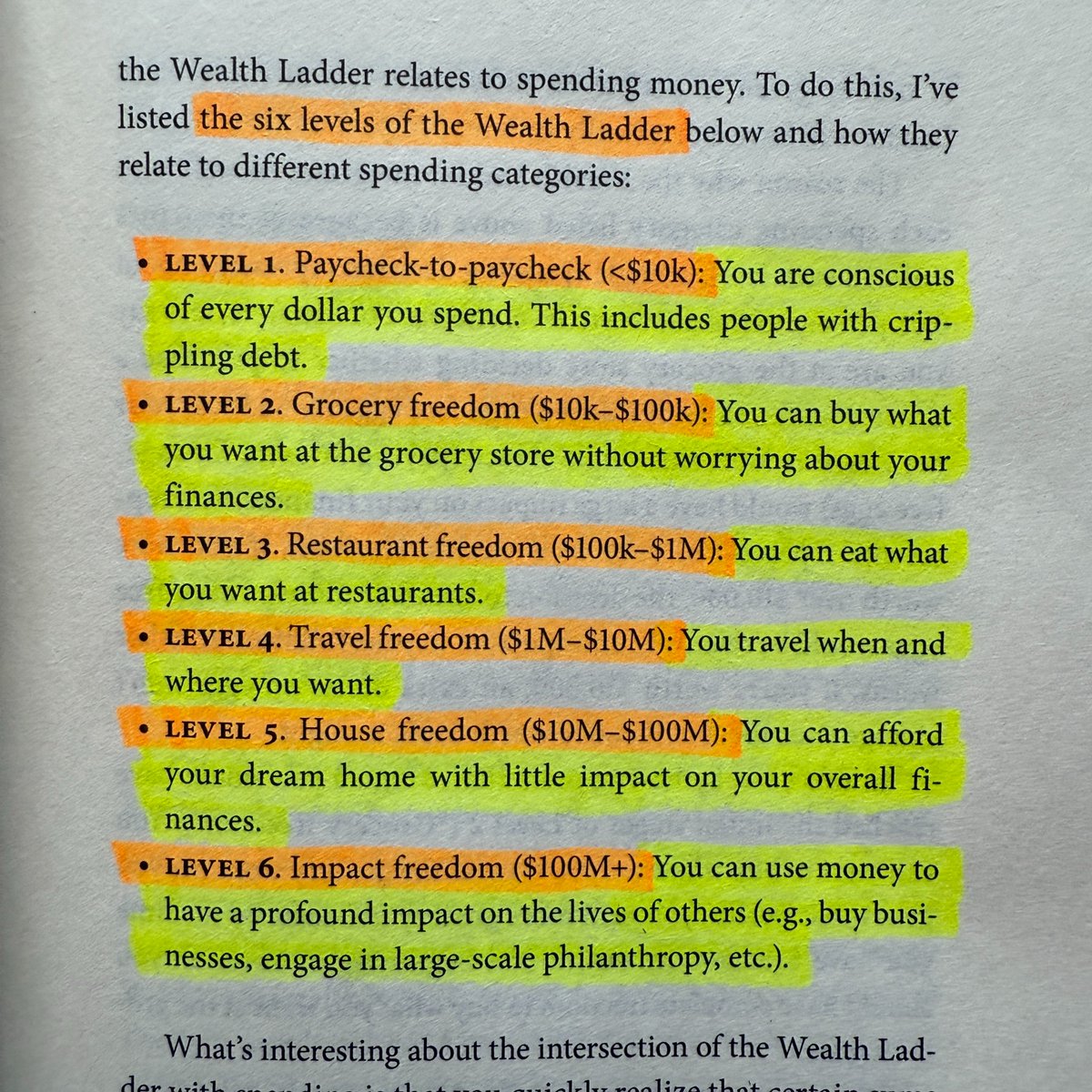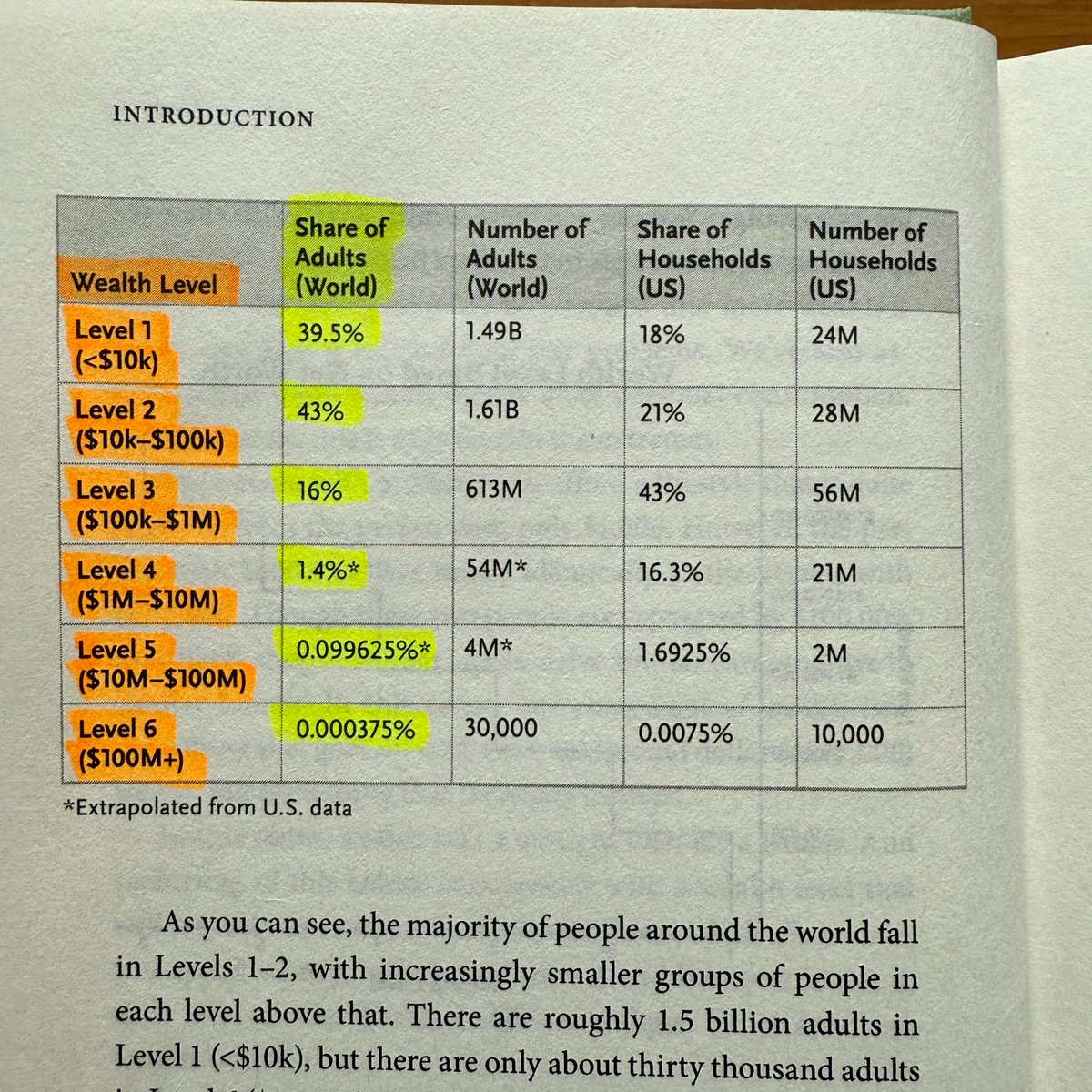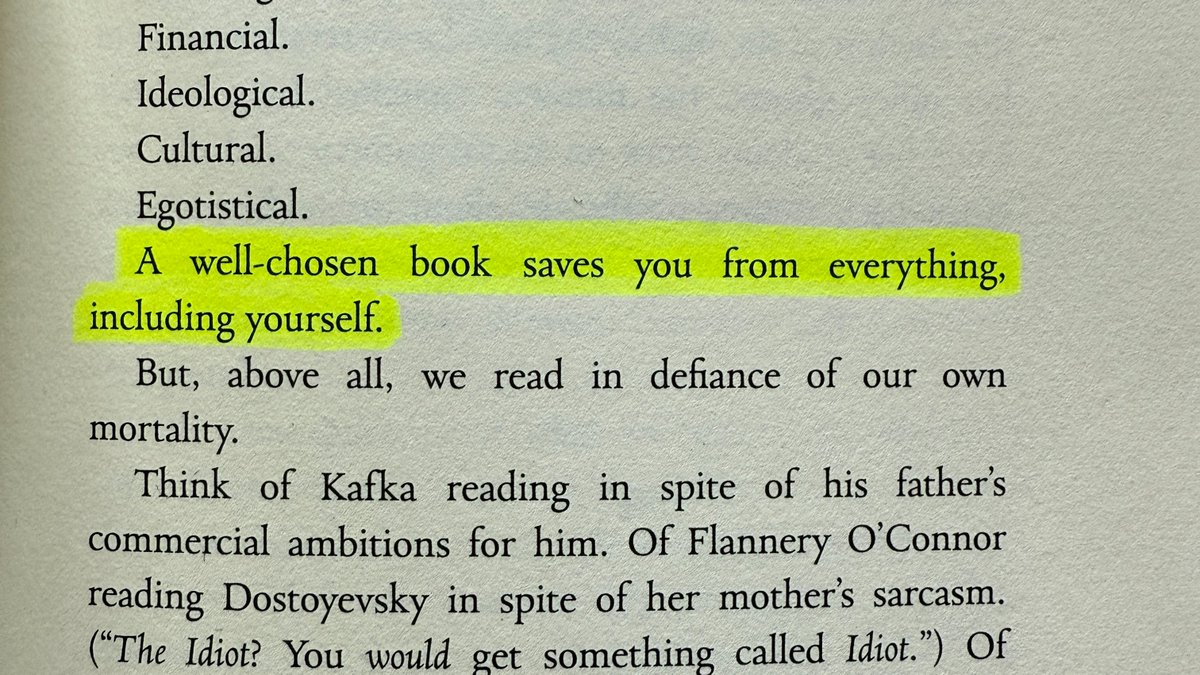They say don’t judge a book by its cover.
I disagree.
• How To Judge A Book By Its Cover
(thread) 🧵
I disagree.
• How To Judge A Book By Its Cover
(thread) 🧵
1/ Look At The Book’s Title & Subtitle
The title tends to be there to grab your attention while the subtitle conveys what the book is actually about.
Also look to the cover art for more clues.
The title tends to be there to grab your attention while the subtitle conveys what the book is actually about.
Also look to the cover art for more clues.
Take this book as an example.
Catchy title, but doesn’t tell us much.
Subtitle tells us it’s about how to stop overworking & doing too much & how to start living more.
Great cover art. We all know sloths move slowly so we can assume this book is about slowing down in life.
Catchy title, but doesn’t tell us much.
Subtitle tells us it’s about how to stop overworking & doing too much & how to start living more.
Great cover art. We all know sloths move slowly so we can assume this book is about slowing down in life.

2/ Examine The Author
Look for signals of credible (Dr., Professor, NYT Bestseller, or something else).
In the book above, we see the author has previously written a national bestseller. Although her current book may not be a bestseller, it shows she’s written books before.
Look for signals of credible (Dr., Professor, NYT Bestseller, or something else).
In the book above, we see the author has previously written a national bestseller. Although her current book may not be a bestseller, it shows she’s written books before.
2/ (continued)
You can also open up the back cover to read more about the author.
Here we learn she’s an award winning journalist, works at PBS, and has had a successful career in radio.
You can also open up the back cover to read more about the author.
Here we learn she’s an award winning journalist, works at PBS, and has had a successful career in radio.

3/ Review The Book’s Testimonials
When it comes to testimonials, you want to make sure the sources are credible (like other authors or successful individuals).
It’s also better if the testimonials say that the BOOK is great, not just the person.
When it comes to testimonials, you want to make sure the sources are credible (like other authors or successful individuals).
It’s also better if the testimonials say that the BOOK is great, not just the person.
3/ (continued)
Be a bit skeptical of books that say “Author X is a brilliant individual.”
You want them to say “Author X has written a brilliant book.”
Some people give testimonials without reading the book so they praise the person instead of vouchIng for the book itself.
Be a bit skeptical of books that say “Author X is a brilliant individual.”
You want them to say “Author X has written a brilliant book.”
Some people give testimonials without reading the book so they praise the person instead of vouchIng for the book itself.
Let’s go back to our sloth book:
We see a lot of credible sources such as @ariannahuff, @GilbertLiz, and @AdamMGrant.
Notice how all 3 praise the book itself and not just the author. I’d bet the actually read the whole book & genuinely enjoyed it.
We see a lot of credible sources such as @ariannahuff, @GilbertLiz, and @AdamMGrant.
Notice how all 3 praise the book itself and not just the author. I’d bet the actually read the whole book & genuinely enjoyed it.

Summary:
1) Read the title & subtitle
2) Examine the author’s credentials
3) Review the book’s testimonials
That’s how you judge a book by its cover.
1) Read the title & subtitle
2) Examine the author’s credentials
3) Review the book’s testimonials
That’s how you judge a book by its cover.
• • •
Missing some Tweet in this thread? You can try to
force a refresh







